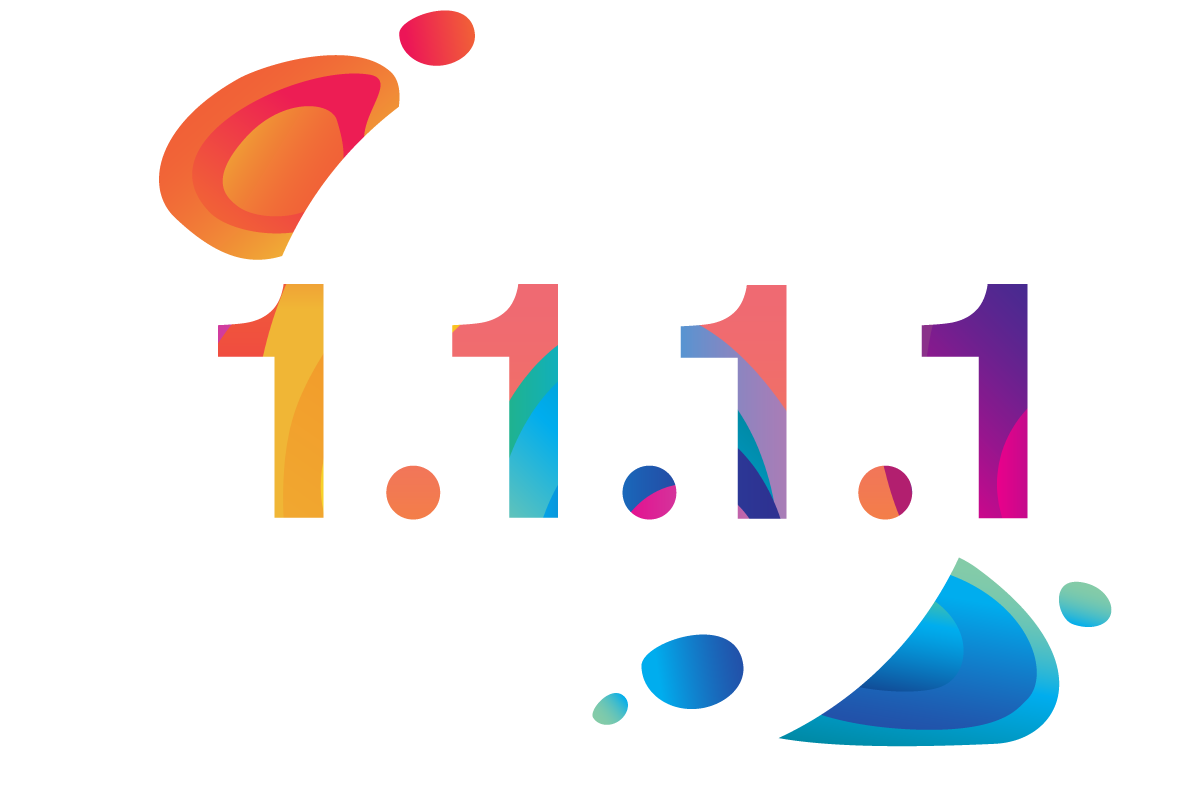0

Fake news
fears: The U.S. Census Bureau is seeking help from Google, Facebook, and
Twitter to fight off fake news during its 2020 population count, Reuters
reports. Some groups appear to be targeting the census as a way to
redirect congressional representation and federal funding.
Broadband
for all: The Vermont House has voted for a bill to add funding for
broadband deployment, including community broadband projects, Vermont
Public Radio reports. About 17,000 Vermont residents don’t have
broadband available, and many others have slow Internet service.
Copyright rules
divide: New copyright rules in the European Union may lead to a different
Internet experience there, The Verge
says. With the EU’s Copyright Directive, there’s now a European Internet
that feels different that the U.S. Internet and the authoritarian Internet in
some countries, the story says. Among other things, the new rules allow
publishers to charge platforms like Google News for displaying snippets of
stories.
Encryption rising: The use of encryption by large companies has hit an all-time high, Dark Reading notes. About 45 percent of enterprises have encryption plans in place.
Fake news fighters: Facebook has launched a fake-news fighting effort in India as the country heads toward elections, Time. Continue reading
 The acquisition enables the application delivery controller and load balance provider to continue...
The acquisition enables the application delivery controller and load balance provider to continue...
 T-Mobile US has been pushing for the merger to close within the first half of 2019, but that...
T-Mobile US has been pushing for the merger to close within the first half of 2019, but that... VMware SD-WAN tops Cisco in new a IHS report; VMware-VeloCloud detail the road ahead for SD-WAN;...
VMware SD-WAN tops Cisco in new a IHS report; VMware-VeloCloud detail the road ahead for SD-WAN;... The company issued patches for vulnerabilities found in vCloudDirector for service providers as...
The company issued patches for vulnerabilities found in vCloudDirector for service providers as... Vendors use Germany’s Hanover Fair as a showcase for industrial 5G and IoT applications.
Vendors use Germany’s Hanover Fair as a showcase for industrial 5G and IoT applications.




